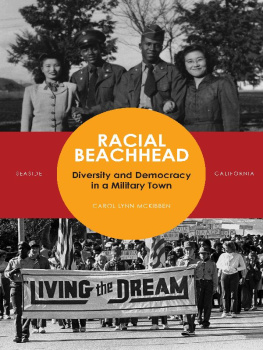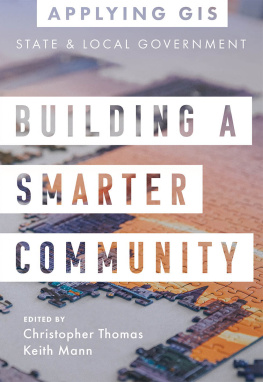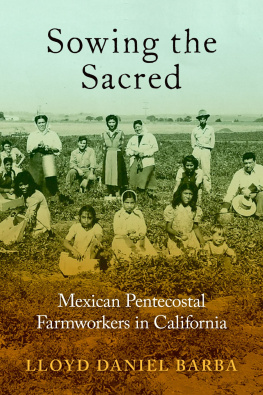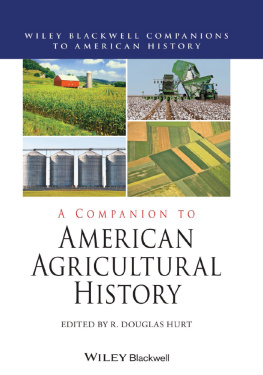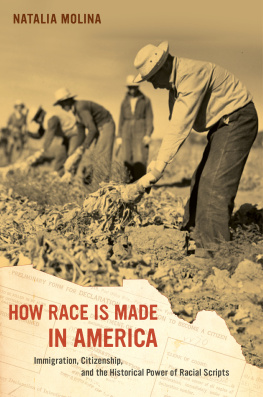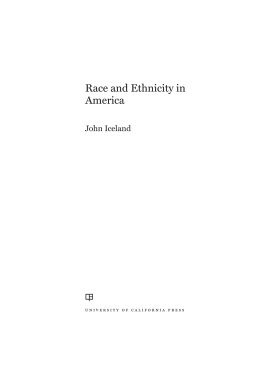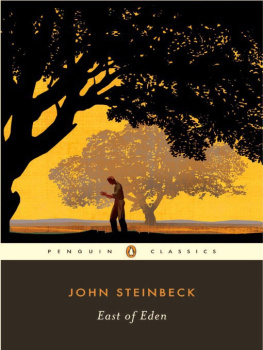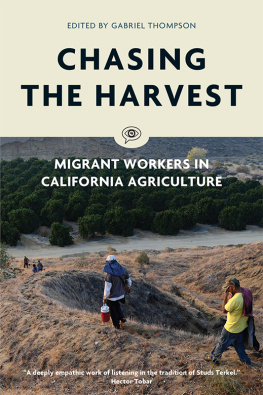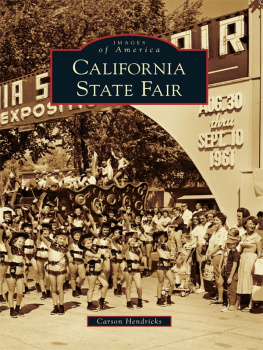SALINAS
a HISTORY of RACE and RESILIENCE in an AGRICULTURAL CITY
CAROL LYNN MCKIBBEN
STANFORD UNIVERSITY PRESS
Stanford, California
STANFORD UNIVERSITY PRESS
Stanford, California
2022 by Carol Lynn McKibben. All rights reserved.
No part of this book may be reproduced or transmitted in any form or by any means, electronic or mechanical, including photocopying and recording, or in any information storage or retrieval system without the prior written permission of Stanford University Press.
Printed in the United States of America on acid-free, archival-quality paper
Library of Congress Cataloging-in-Publication Data
Names: McKibben, Carol Lynn, author.
Title: Salinas : a history of race and resilience in an agricultural city / Carol Lynn McKibben.
Description: Stanford, California : Stanford University Press, 2022. | Includes bibliographical references and index. |
Identifiers: LCCN 2021021372 (print) | LCCN 2021021373 (ebook) | ISBN 9781503629455 (cloth) | ISBN 9781503629912 (paperback) | ISBN 9781503629929 (ebook)
Subjects: LCSH: Agricultural laborersCaliforniaSalinasHistory. | AgricultureCaliforniaSalinasHistory. | Salinas (Calif.)Race relationsHistory. | Salinas (Calif.)Social conditions. | Salinas (Calif.)Economic conditions.
Classification: LCC F869.S17 M34 2022 (print) | LCC F869.S17 (ebook) | DDC 979.4/76dc23
LC record available at https://lccn.loc.gov/2021021372
LC ebook record available at https://lccn.loc.gov/2021021373
Cover photos: (top) Main Street, Salinas. Courtesy of the Salinas Public Library. (bottom) Cesar Chavez, UFW Farmworkers Rally in Salinas Valley, ca 1970. Courtesy Monterey Herald Photo Archive.
Cover design: Rob Ehle
Text design: Kevin Barrett Kane
Typeset at Stanford University Press in 11.5/14 Centaur MT Pro
For my beloved granddaughter,
MADELEINE ROSE BRUSCA
Table of Contents
Acknowledgments
Every book is a lonely enterprise but completing a book project is never accomplished alone. Rather, it is always a collaborative effort, and this one is no exception. I am deeply and forever grateful for so many people. I received generous institutional assistance from Stanford Universitys Bill Lane Center for the American West, the Urban Studies program, and the History Department. I thank Bruce Cain, Michael Kahan, Zephyr Frank, Richard White, and my Stanford colleagues and friends. Kris Kasianovitz, head of the Social Sciences Resource Group at Stanford Library, was incredible, as alwayshelping me understand and navigate government documents and census data and I thank her.
I am enormously grateful to my editor, Margo Irvin, at Stanford University Press, whose steady guidance, patience, and enthusiasm gave me the strength to persevere and to see this project to completion, and to Cindy Lim, who gave me much needed help as the project came to an end. Most importantly, I thank Jennifer Gordon, whose meticulous copyediting made this a much better narrative throughout, and Emily Smith who guided us all.
Ray Corpuz inspired me to take on this challenging history and ensured that I received the support to do so, freeing me to follow the research trail wherever it led. He exemplifies the best about being a city manager in a racially diverse place with a complicated history and an even more complex present. He remains calm in every storm. I learned so much from his example. Along with the debt of gratitude I owe Ray for the opportunity and privilege of writing about Salinas, I am thankful for the Salinas City Councils, 20172021, and the city staff, especially everyone at the John Steinbeck Library and Monterey County Historical Society. I especially thank Cary Ann Siegfried, Kristan Lundquist, Mila Rianto, Eric Howard, James Perry, and Sean Briscoe for their guidance and help with sources. I also thank Eric Sandoval for helping me understand how infrastructure really works in cities.
Ruth Andresen guided me and supported me from the inception of this project to its completion. She opened doors to research, introduced me to important narrators from every community in Salinas, and provided insights, stories, and memories that helped me understand Salinass history through the lens of one of its most critical actors. Her keen powers of observation, sharp wit, amazing resilience, and great sense of humor kept me going even when I struggled. I will never be able to repay her for her love and kindness. Her example will guide me for the rest of my life.
Thom Taft traveled the path of history with me, sharing his insights, memories, and experiences. His amazing organizational ability and help in navigating archives in Salinas were invaluable. Without his support, this book could not have been written.
Robert and Peter Kasavan were great advocates for this project from the outset and provided much needed insight and help in research. Jackie Cruz gave me vital assistance in creating partnerships with students at Hartnell Community College.
Claudia Melndez has been a guiding light, a true collaborator in writing, a sharp and honest critic. I am enormously grateful for her expertise and her friendship. I also thank Royal Calkins for his timely critique and Voices of Monterey Bay for exemplifying good history and great journalism.
Asian experiences became central to this book. I thank Susan Aremas, Ron Cacas, Linda Gin, Mas and Marcia Hashimoto, Jean Vengua, and members of the Asian Cultural Experience who shared insights and experiences, past and present. They all provided guidance on the important roles that the multiple Asian communities played throughout Salinass history.
Everett Alvarez Jr. spent hours making the history of Alisal come alive for me. He is a war hero and an enormously generous soul. I thank him.
Diego Ruiz inspired me to focus this book on race relations in Salinas from the very beginning. He and so many other students at California State University, Monterey Bay, and Hartnell Community College entrusted me with powerful narrative experiences. I am humbled by their collective sense of hope and optimism in an almost overwhelming environment, especially in the wake of a pandemic that debilitated Salinas and so many other minority-majority communities in California and the nation.
Bill Ramsey showed me boundless grace and generosity throughout this entire process. His clear insights about life in Salinas and the agricultural industry and his vivid memories are everywhere in this book. I thank him. I also thank Tom Nunes and the Nunes family, Lorri Koster, Abby Taylor-Silva, Terry OConnor, Margaret DArrigo, Pam Young, and the hundreds of narrators from the Grower-Shipper Association and the agricultural community who generously shared stories about agriculture in Salinas. Jim Bogart became a trusted narrator and graciously gave me access to the enormous amount of material located in the archives at the GSA. I thank you all.
Lucy Pizarro provided an important window into Mexican American life in Salinas, and the Chicano/a civil rights movement in particular. Through her I met hundreds of other activists and participants from the UFW who showed me the lasting impact of the farmworker movement on city life. I thank the entire Pizarro family, and especially Mariela Pizarro, my Stanford student and research assistant par excellence, who brought me into the fold of her incredible family and community.
Anna Caballero, Dennis Donahue, Phyllis Meurer, Dave Mora, Simn Salinas, and so many others in public service in Salinas provided me with critical insights into city politics especially during its most challenging and contentious period. I thank them for their generosity in time and their honesty in sharing stories about the politics of the past (and present).


